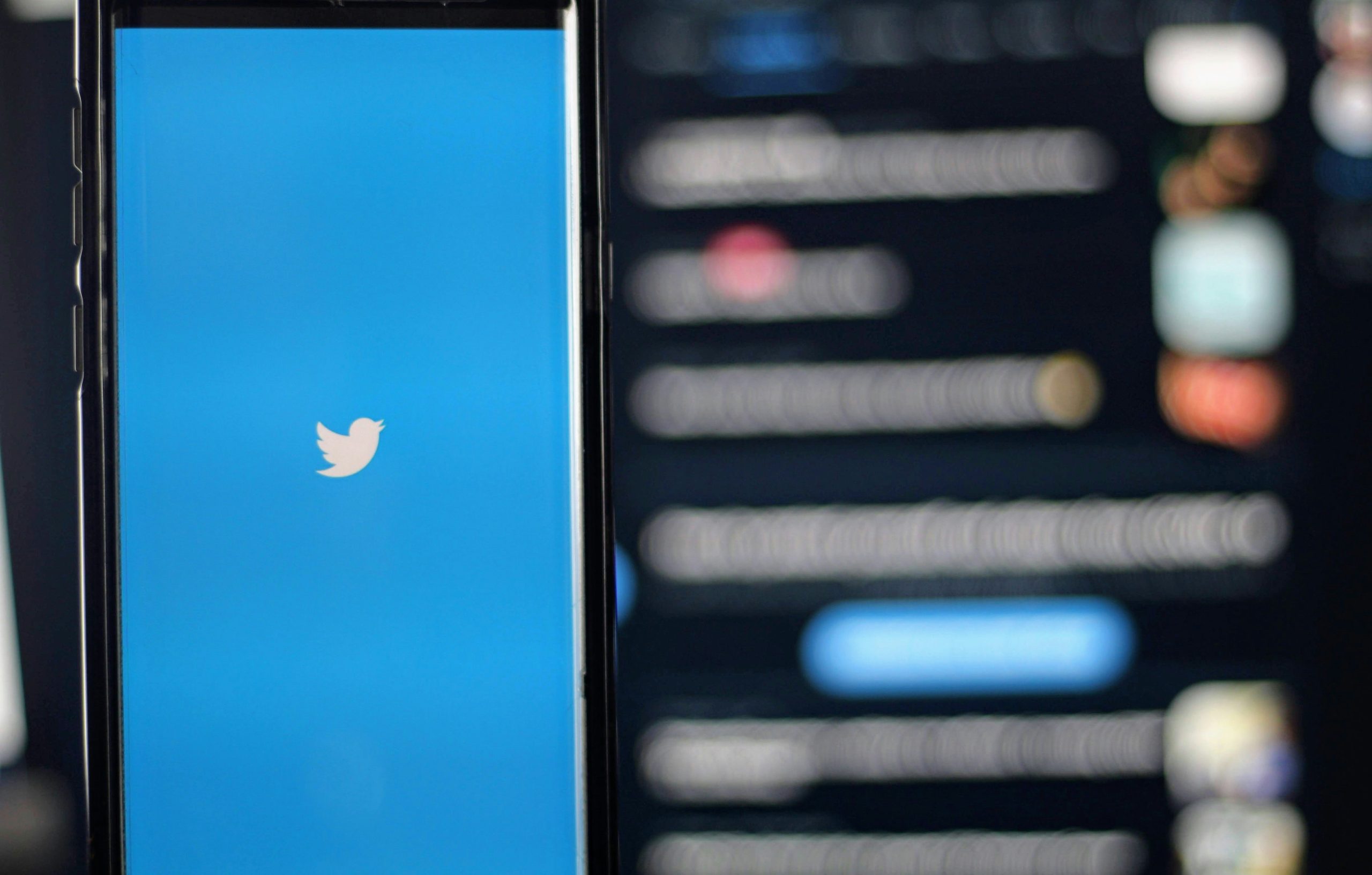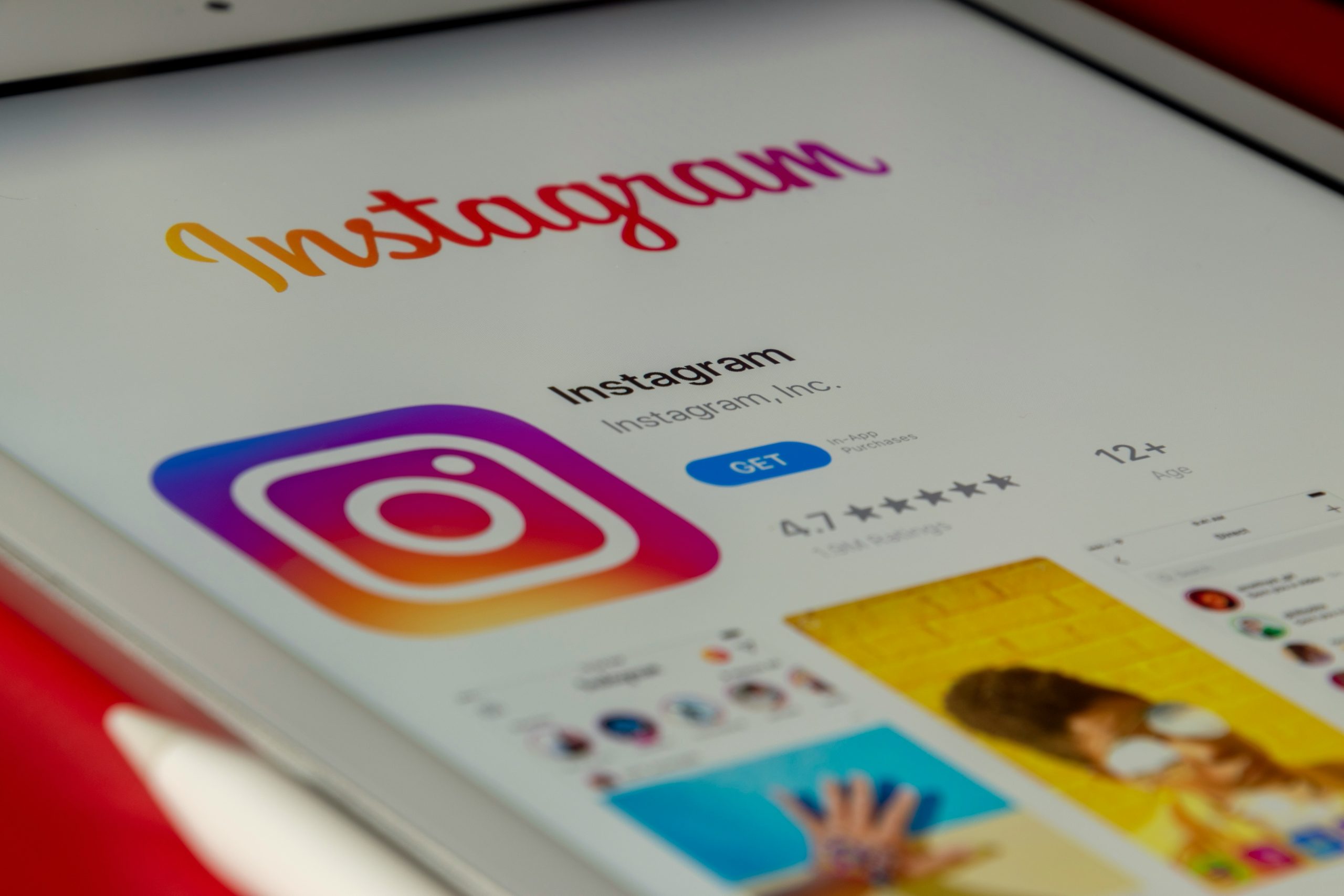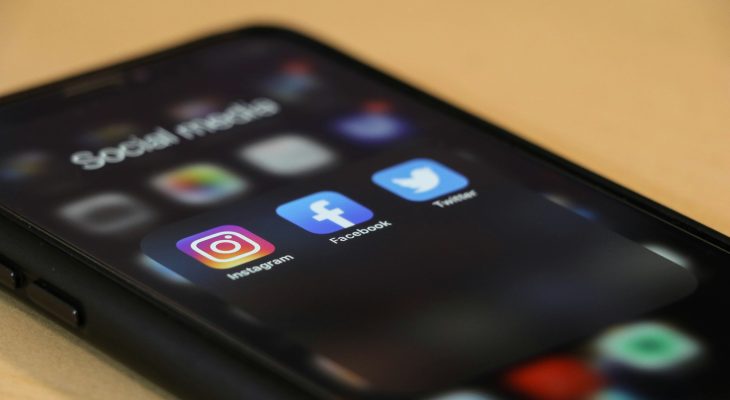With millions of users flocking to social media platforms every day, it’s no surprise that some accounts resort to artificial means to inflate their follower count. From bots programmed to mimic human behavior to shady tactics aimed at boosting numbers artificially, the landscape of fake followers is as vast and complex as it is deceptive. However, Modash stands at the forefront of innovation when it comes to detecting these fraudulent accounts and ensuring brands are connected with genuine influencers who can truly make an impact. Join us on a journey behind-the-scenes as we unravel the enigma of fake followers and explore how Modash’s cutting-edge technology is revolutionizing influencer marketing as we know it.
Introduction: What are fake followers?
Fake followers refer to accounts on social media platforms that do not genuinely engage with content but exist solely to boost a user’s follower count artificially. These accounts are often created by bots or paid services and can distort the perception of real influence online. While having a large number of followers may seem impressive, fake followers do not contribute to genuine interaction or meaningful engagement, ultimately undermining the credibility and authenticity of an individual or brand.
Identifying fake followers has become increasingly important in the world of influencer marketing as brands seek authentic partnerships with creators who can reach real audiences. Social media analytics tools like Modash play a crucial role in detecting these fraudulent accounts by analyzing various metrics such as engagement rates, follower growth patterns, and audience demographics. By distinguishing between genuine and fake followers, brands can make more informed decisions when collaborating with influencers, ensuring their campaigns reach the right target audience for maximum impact.

Data Collection: Sources and methods used
Data collection is at the core of Modash’s methodology for determining fake followers. By leveraging a combination of APIs from various social media platforms, Modash accesses real-time data on engagement metrics, follower counts, and other relevant indicators. This real-time data allows for a more accurate assessment of an influencer’s follower authenticity compared to static snapshot analysis.
Moreover, Modash employs advanced machine learning algorithms to sift through vast amounts of data and identify patterns indicative of fake followers. These algorithms can detect anomalies in follower growth rates, sudden spikes in engagement levels, or irregularities in user interactions. By using a multi-faceted approach that combines both manual verification and automated analysis, Modash ensures a comprehensive evaluation of an influencer’s following authenticity.
Engagement Analysis: Interaction patterns with content
Engagement analysis is crucial in understanding the true impact of content on social media platforms. By analyzing interaction patterns such as likes, comments, and shares, brands can gain valuable insights into how their audience is engaging with their content. This data goes beyond surface-level metrics to reveal deeper trends and preferences that can inform future content strategy.
One interesting aspect of engagement analysis is the concept of time decay – where the impact of interactions diminishes over time. Understanding this phenomenon can help marketers better optimize the timing of their posts to maximize engagement. Additionally, studying how different types of content drive interactions can provide a roadmap for creating more engaging and shareable material. The key lies in leveraging these insights to build a more compelling and effective social media presence.

Follower Growth Rate: Consistency and anomalies
When it comes to analyzing follower growth rate, consistency can be a vital indicator of authenticity. A steady and gradual increase in followers over time is typically a sign of organic growth, reflecting genuine engagement with the content. However, anomalies in follower growth rate can raise red flags and indicate the presence of fake followers or suspicious activity.
These anomalies could manifest as sudden spikes or dips in follower count that cannot be explained by normal fluctuations. Understanding these irregularities and exploring the underlying patterns can provide valuable insights into the authenticity of an account’s followers. By closely monitoring follower growth rate for consistency and anomalies, researchers are better equipped to identify misleading metrics and assess the true influence of an account within its network.
Audience Quality Metrics: Authenticity indicators
When it comes to audience quality metrics, authenticity indicators play a pivotal role in determining the credibility of influencers and their followers. Beyond just looking at follower numbers, Modash delves into factors like engagement patterns, content relevance, and audience demographics to gauge the authenticity of an influencer’s following. For instance, repetitive comments or suspicious spikes in follower count can signal potential fake followers who lack genuine interest in the influencer’s content.
Moreover, understanding the quality of an audience involves analyzing factors such as bot activity, consistency in engagement levels, and the overall organic growth trajectory. By examining these authenticity indicators closely, Modash can provide more accurate assessments of an influencer’s reach and influence on social media platforms. This nuanced approach ensures that brands can collaborate with influencers whose audiences are genuinely interested in their content rather than artificially inflated numbers.

Machine Learning Algorithms: Detection and accuracy
Machine learning algorithms play a crucial role in the detection of fake followers on social media platforms. By analyzing patterns in user behavior, these algorithms can identify suspicious accounts that exhibit irregular engagement or activity levels. The accuracy of such detection methods is continuously improving, thanks to advancements in data processing and algorithm optimization.
One key aspect that influences the accuracy of machine learning algorithms in detecting fake followers is the quality and quantity of data available for analysis. Algorithms trained on large, diverse datasets are more likely to detect subtle patterns indicative of fake accounts with higher precision. Additionally, the incorporation of advanced neural network architectures and deep learning techniques has significantly enhanced the ability of these algorithms to distinguish between genuine and fraudulent followers.
The ongoing evolution of machine learning algorithms for fake follower detection underscores the importance of staying at the forefront of technological developments in social media analytics. As platforms continue to battle against bots and spam accounts, investing in cutting-edge algorithmic solutions will be essential for maintaining trust and credibility within online communities.
Conclusion: Importance of identifying fake followers
In conclusion, the importance of identifying fake followers cannot be overstated in today’s digital landscape. An inflated follower count may initially seem beneficial for social proof or credibility, but it ultimately harms the authenticity and effectiveness of an individual or brand’s online presence. By weeding out fake followers, businesses can ensure that their marketing efforts are reaching a genuine audience who is more likely to engage and convert.
Moreover, distinguishing between real and fake followers allows for a more accurate assessment of a social media account’s true influence and reach. Inaccurate metrics caused by fake followers can misguide brands when selecting influencers or partners for collaborations, leading to ineffective strategies and wasted resources. It is crucial for companies to prioritize quality over quantity when it comes to building an engaged online community that aligns with their goals and values.




![[Fixed] PayPal Error 403 Forbidden Forbidden Error 54113 [Fixed] PayPal Error 403 Forbidden Forbidden Error 54113](https://magicvibes.co/wp-content/uploads/2023/12/fixed-paypal-error-403-forbidden-forbidden-error-54113-438x246.jpg)
